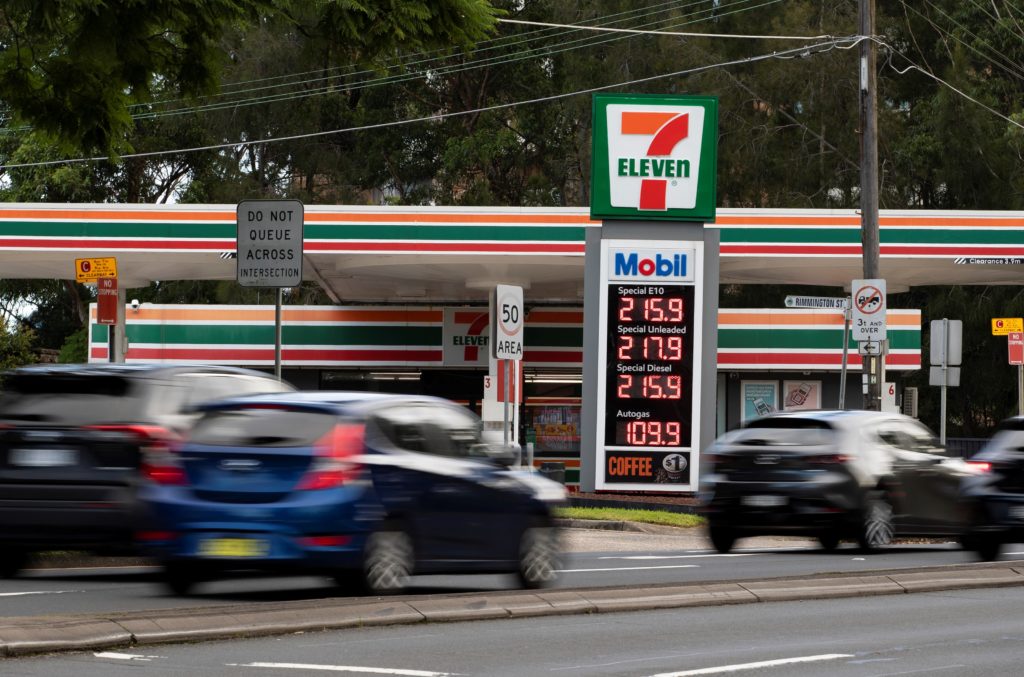AusPol / 29 September 2022
Fuel prices on the up

THE SQUIZ
While we were sleeping, the Albanese Government restored the excise on fuel to its full amount. To take a brief walk down memory lane, it was in the March budget that the Morrison Government cut the excise by 22.1c/litre for 6 months as part of a cost of living package after fuel prices surged at the start of this year. That happened when global crude oil prices hit record highs as the market adjusted to restricted access to Russia’s massive oil production due to the war in Ukraine. And with the new government facing some big economic challenges, PM Anthony Albanese said the decision to collect the full 46c/litre excise from motorists was “based upon what we can afford.” After taking into account indexation and the GST, it means petrol prices will rise by 25.3c/litre in the coming days and weeks.
YIKES…
If you’re a motorist, it will sting – but not for a few days. The Australian Competition and Consumer Commission (ACCC) says there should be a lag of up to 5 days before the price increase flows through to the pump because many petrol stations get their fuel deliveries on a once or twice-weekly basis. Industry insiders also say some fuel retailers will be holding out on raising prices for as long as they can to be competitive. So it’s no wonder the ACCC will monitor wholesale and retail fuel prices like a hawk – and its advice is to also be aware of the price cycle where you live. Last week, Treasurer Jim Chalmers said fuel prices have fallen recently, and there were 700 million litres secured at a lower price – but when it does go up, it’ll be circa $10 extra a tank for drivers. Still, Chalmers says the $3 billion in lost revenue since the excise was cut in March is unaffordable for the government going forward.
SO THAT’S THE TOUGH STUFF DONE, RIGHT?
Umm, no… Delivering the final numbers on the 2021-22 federal budget, Chalmers said setting the course for the future was tricky, despite a better than expected result last year. “We still have a $30 billion deficit, we still have around $1 trillion of debt, and the pressures on the budget are intensifying rather than easing,” he said. That will see him hand down what he’s calling a “bread and butter” budget on 25 October that will include cost of living relief. One thing we won’t see is a budget surplus… “I think Australians understand that given the fiscal budget circumstances that we’ve inherited, it will take much more than one budget to turn that around,” Chalmers said. Coalition Finance spokeswoman Jane Hume said “the Coalition left the economy in good shape”, and with fuel excise returning to the full rate, the new government “doesn’t seem to have a plan to address the cost of living crisis facing Australians right now.”
Know someone who'd be interested in this story? Click to share...
The Squiz Today
Your shortcut to being informed, we've got your news needs covered.
Also Making News
Get the Squiz Today newsletter
Quick, agenda-free news that doesn't take itself too seriously. Get on it.
